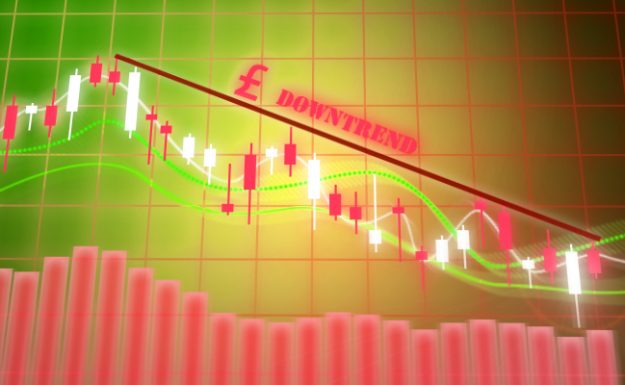Want FULL ACCESS To
ROSS’ DAILY TRADE ROOM?
Simply Click The Get Started Button Right Now!
A few weeks ago I wrote about methods of identifying the trend. The trend, defined as the overall general direction a currency pairs price is moving. We have all heard the saying “the trend is your friend”, however, trends do and will change…..eventually. But how can you identify those moments at or near the beginning of the change without waiting weeks or even months only to look back and say “I wish I knew the trend was changing back then”.
There are a lot of ways of identifying momentum shift or overbought and oversold conditions, but I want to focus in on how to actually visually identify that change is taking place.
First, there are the candlestick formations. These are a single identifier that a potential shift in buyers and sellers are taking place. These can be a great beginning clue to trend change. For example a Shooting Star tells us that the buyers are losing ground and the sellers are gaining momentum. Or it could be a hammer that tells us that the sellers may be losing their hold on a currency pair. These in my opinion are just the beginning.
Then you have chart patterns. These are typically made up of multiple candlesticks forming an identifying pattern of reversal. Patterns such as the Double Top or the Head and Shoulders inform us of an impending fall at the top of an uptrend. These again are a good beginning clue to trend change at or before the trend has actually changed.
Both of these identifiers are a clue that change is probable but has not yet occurred.
So, how do you know then that trend change is actually happening? Go back to the basics! An uptrend can be identified as having higher highs and higher lows and a downtrend has lower highs and lower lows. It’s that simple!
I want to provide a few examples of this simple yet effective method of identifying trend change and potential entry points at or near the beginning of the change.
Let’s start with the GBPUSD on April 11th (see chart below). For some

